Embarking on a journey through the diverse landscapes of North America unveils a rich tapestry of trees, each with unique characteristics and roles in the natural world. In this guide, we’ll delve into the art of identifying softwood and hardwood trees, exploring how their presence shapes both mycological cultivation and the flourishing ecosystems of the wild.
Distinguishing Softwood and Hardwood Trees: A Visual Odyssey
1. Softwood Trees:
Softwoods, also known as conifers, are characterized by their needle-like or scale-like leaves. These trees typically bear cones and retain their foliage throughout the year. Identifying features include:
- Needle or Scale Leaves: Softwoods, such as pine, spruce, and fir, showcase needle-like or scale-like leaves.
- Cone Production: Softwood trees often bear cones, whether large and woody (as in pine trees) or smaller and papery (as in fir trees).
- Evergreen Foliage: Softwoods maintain their greenery year-round, making them easily distinguishable in winter landscapes.
2. Hardwood Trees:
Hardwoods, also known as deciduous trees, shed their leaves seasonally and typically produce flowers and fruits. Identifying features include:
- Broad, Flat Leaves: Hardwoods, like oak, maple, and beech, boast broad, flat leaves with intricate venation.
- Flower and Fruit Production: Hardwood trees often produce flowers that develop into fruits, adding to their visual diversity.
- Seasonal Leaf Shedding: Unlike softwoods, hardwoods undergo leaf shedding in the fall, creating vibrant displays of color.
Mycology and Tree Associations:
Understanding the distinction between softwood and hardwood trees is integral to mycology, the study of fungi. Many fungi, including various edible and mycorrhizal species, form symbiotic relationships with trees. Here’s how the softwood-hardwood dichotomy plays a role:
1. Softwood Trees in Mycology:
- Mycorrhizal Partnerships: Softwoods often engage in mycorrhizal associations, where fungi colonize the tree’s roots, enhancing nutrient absorption.
- Edible Fungi: Some softwoods, like pine trees, have associations with edible mushrooms, such as matsutake (Tricholoma magnivelare) and pine mushrooms (Lactarius deliciosus).
2. Hardwood Trees in Mycology:
- Rich Fungal Diversity: Hardwood forests are known for hosting a wide array of fungi, including many prized edible species like chanterelles (Cantharellus spp.) and morel mushrooms (Morchella spp.).
- Mycorrhizal Relationships: Hardwoods, through mycorrhizal relationships, form essential connections with fungi that contribute to forest health and vitality.
Natural Wild Growth and Forest Ecosystems:
The presence of softwood and hardwood trees significantly influences the overall health and biodiversity of forest ecosystems.
1. Softwood Dominated Forests:
- Coniferous Forests: Softwoods dominate in coniferous forests, contributing to the unique flora and fauna adapted to these ecosystems.
- Wildlife Habitat: Coniferous forests provide habitats for wildlife species adapted to the specific conditions of needle-covered forest floors.
2. Hardwood Dominated Forests:
- Deciduous Forests: Hardwoods define deciduous forests, fostering diverse plant and animal communities.
- Leaf Litter Decomposition: The shedding of leaves in deciduous forests contributes to nutrient-rich leaf litter, influencing the decomposition process and supporting a variety of fungi.
Cultivation Considerations:
In mycological cultivation, the choice of tree species is crucial for fostering optimal growth conditions for mushrooms. For example:
- Cultivating Oysters: Oyster mushrooms often have associations with hardwood trees, and specific tree species may be favored for successful cultivation.
- Shiitake Cultivation: Shiitake mushrooms, on the other hand, are known to thrive on hardwood logs, with oak being a popular choice for cultivation.
Conclusion: Nurturing Harmony in Nature
As we navigate the realms of mycology, wild foraging, and cultivation, the symbiotic dance between softwood and hardwood trees and fungi becomes increasingly apparent. By honing our skills in identifying these trees and understanding their roles in ecosystems, we gain a deeper appreciation for the interconnected web of life. Whether exploring the silent majesty of a coniferous forest or the vibrant hues of a deciduous woodland, the journey through North American trees unfolds as a testament to the intricate relationships shaping our natural world.
-
Golden Enoki Liquid Culture
-
Golden Oyster Liquid Culture
-
Grey Oyster Liquid Culture
-
Gypsum Powder for Mushroom Substrate (1 lb)
-
King Oyster Liquid Culture
-
Lion’s Mane Liquid Culture
-
Magnetic Stirrer/Mixer w/stir bar (No Heat) Stirring Capacity: 3000ml
-
Media Storage Bottle – Borosilicate Glass – (500ml – 2pcs)
-
Medical Nitrile Exam Gloves, Latex-Free & Powder-Free Non-Sterile Food Safe Cleaning Disposable Glove, 100 Pcs

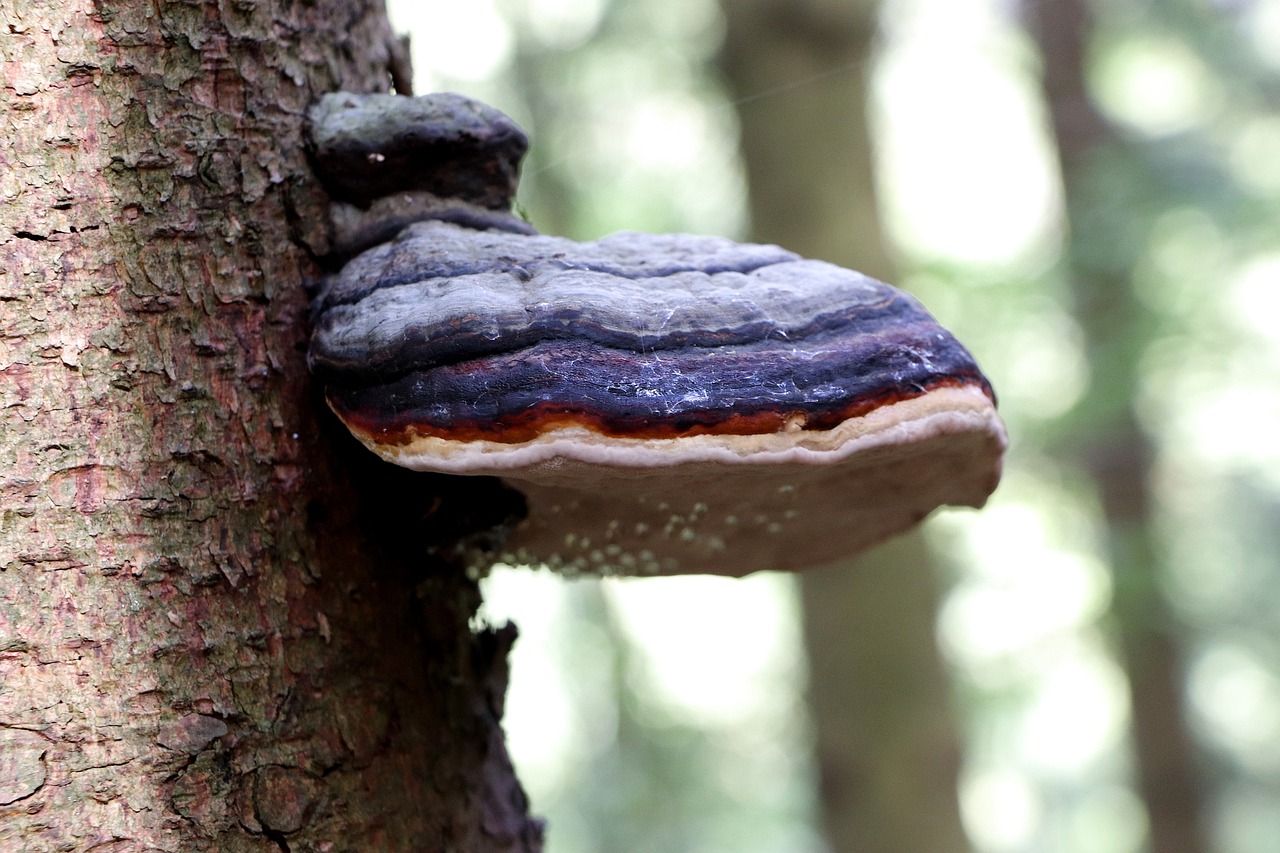
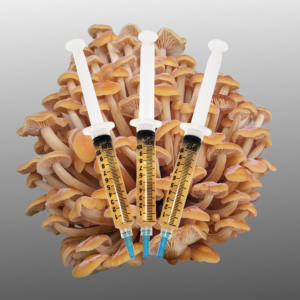
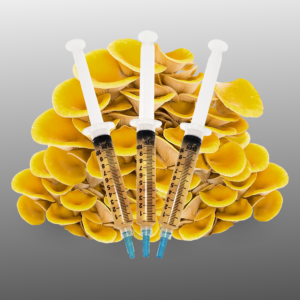
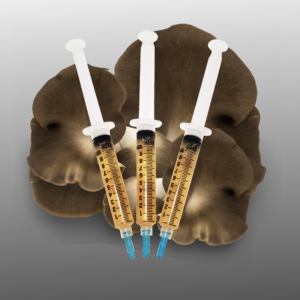
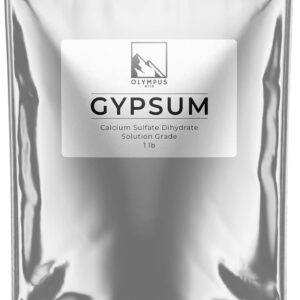
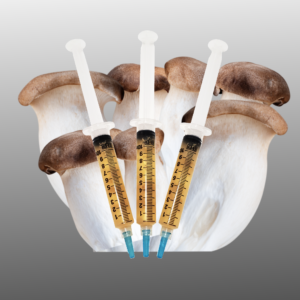
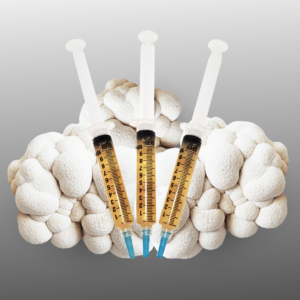
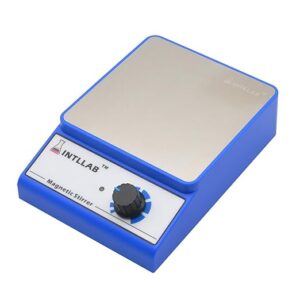


hi!